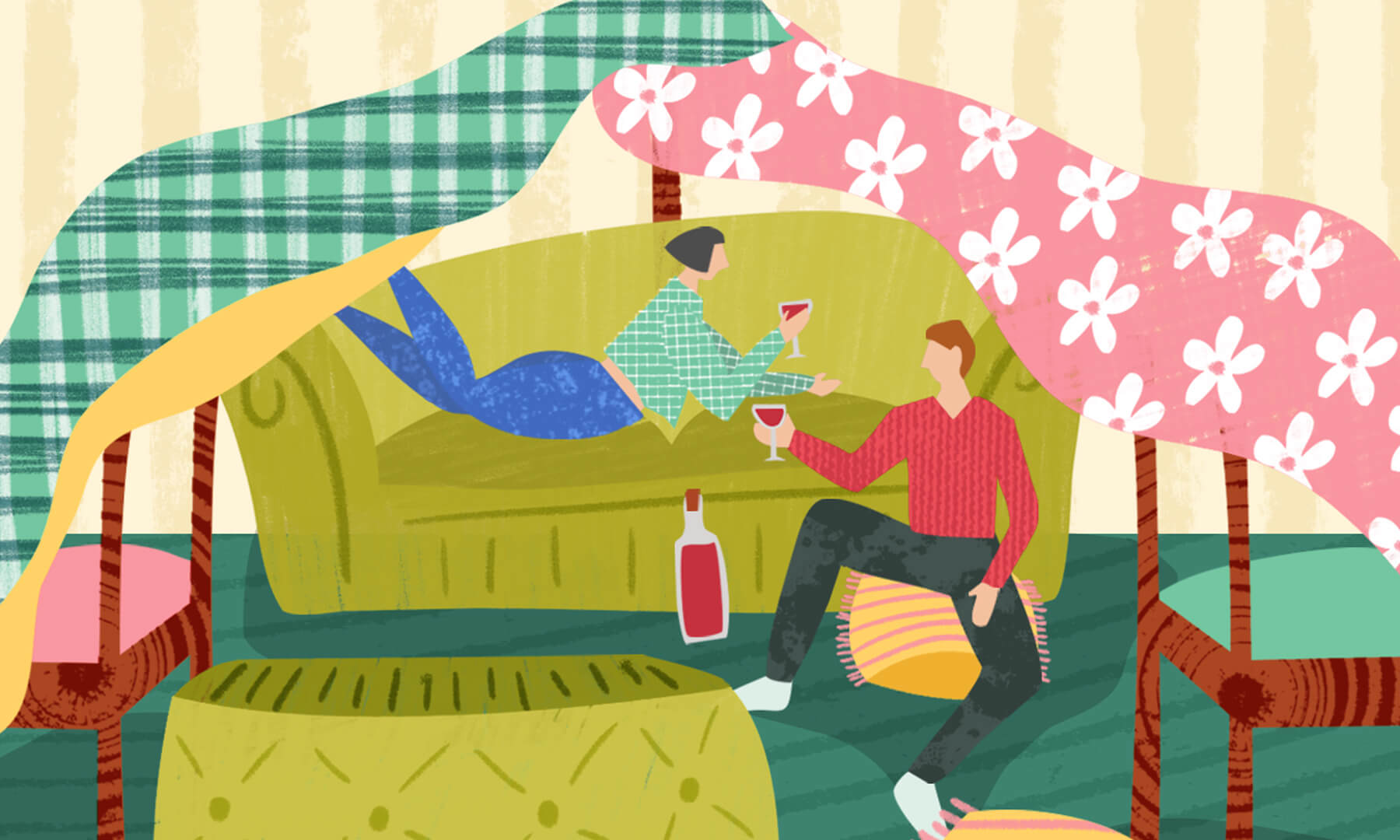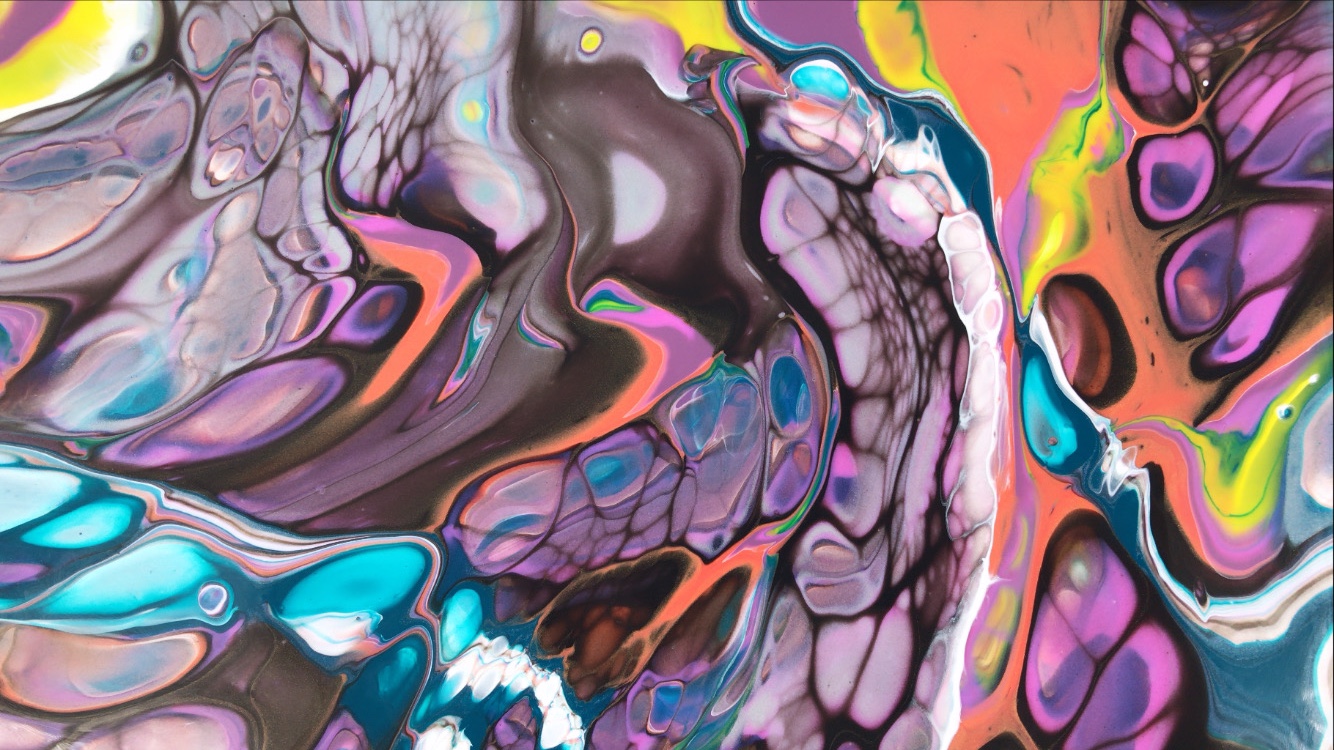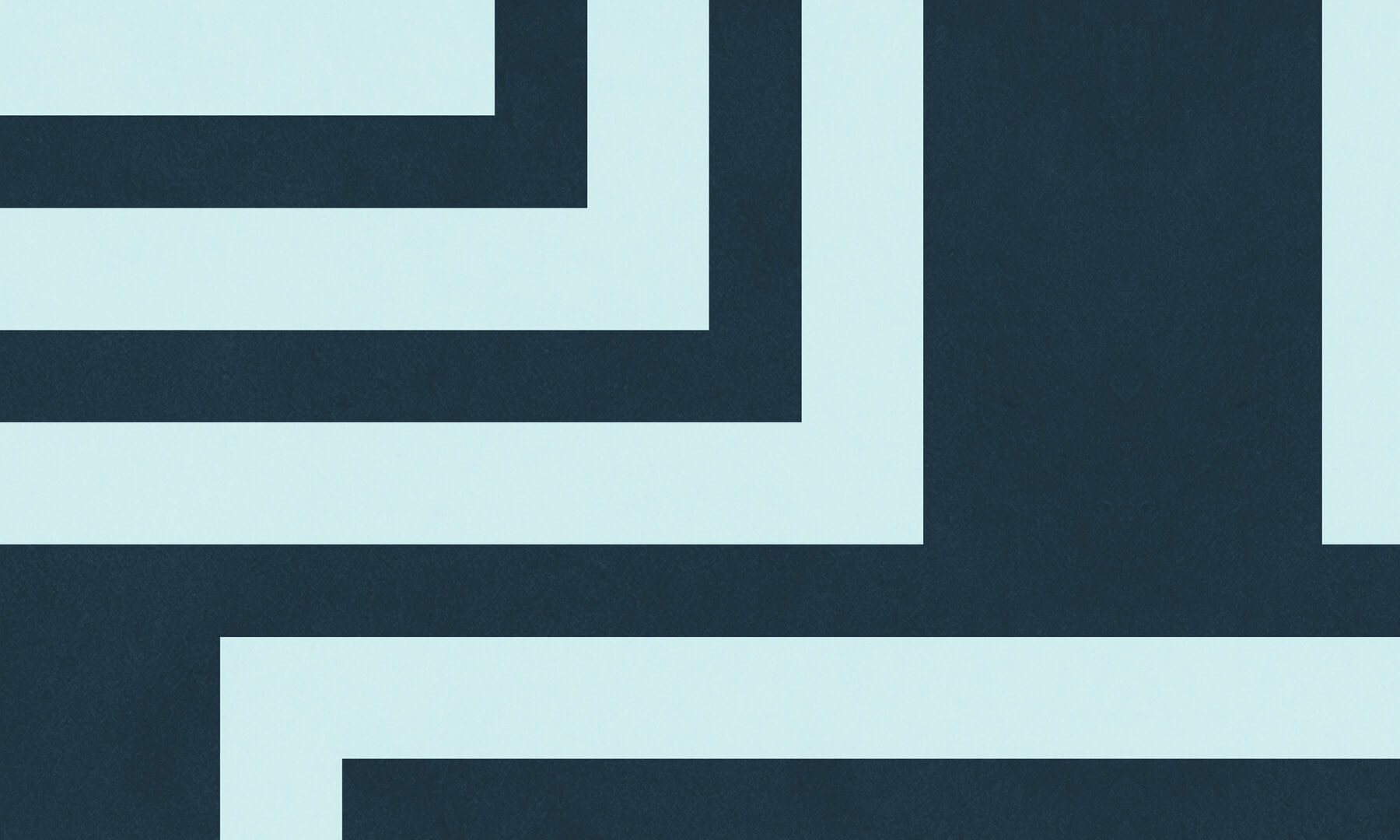For today’s instalment of Meet the Makers, we go in depth with one of our closest collaborators. A mainstay in Bookblock’s creative process, illustrator Astrid Weguelin brings joy and serenity to the forefront of her work with every design. Bringing us a new special Art Therapy Journal this Stationery Week, we wanted to understand why this particular focus was so important to Astrid, and how its fruition into reality was different compared to the creation of previous works.
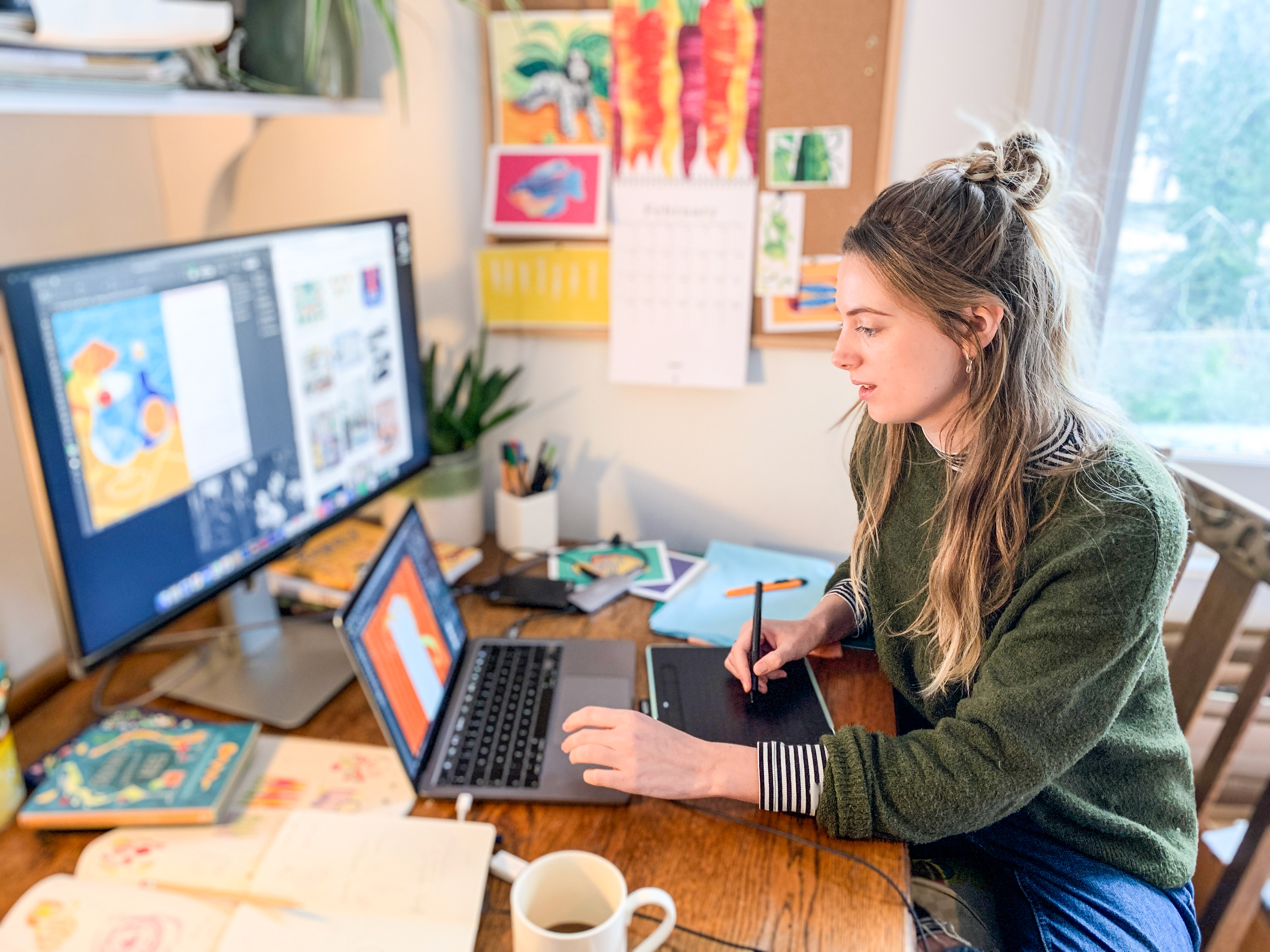
Beginning with an interest in art therapy as a concept, Astrid was inspired by its ability to be a form of both relaxation and expression. As so many creatives can find, balancing the want and need to be creative with other life pressures and emotions can very difficult, often with creativity stopping completely. Through researching theories and online accounts, Astrid was able to take on her own approach to the project. Through exploring the different drawing exercises used in global art therapy sessions, Astrid realised she wanted to make this journal more like a creative diary. With fun and freedom being key attributes of creativity, Astrid knew she wanted to include the chance to experiment with different mediums as much as possible, as well as documenting your experiences in ways other than writing.
On explaining the process she went through when researching and collating ideas, Astrid notes “I’d think about what I do when I’m stuck for ideas – I get a few different materials and just doodle until something interesting catches my eye that I can develop further. Equally when I’m stressed, I like to draw to take my mind off whatever I’m thinking about – so I wanted to create drawing exercises which meant you could focus on something creatively for a while and help to relax. The exercises are there to give guidance on where to start, but also leave enough space for you to create freely.”
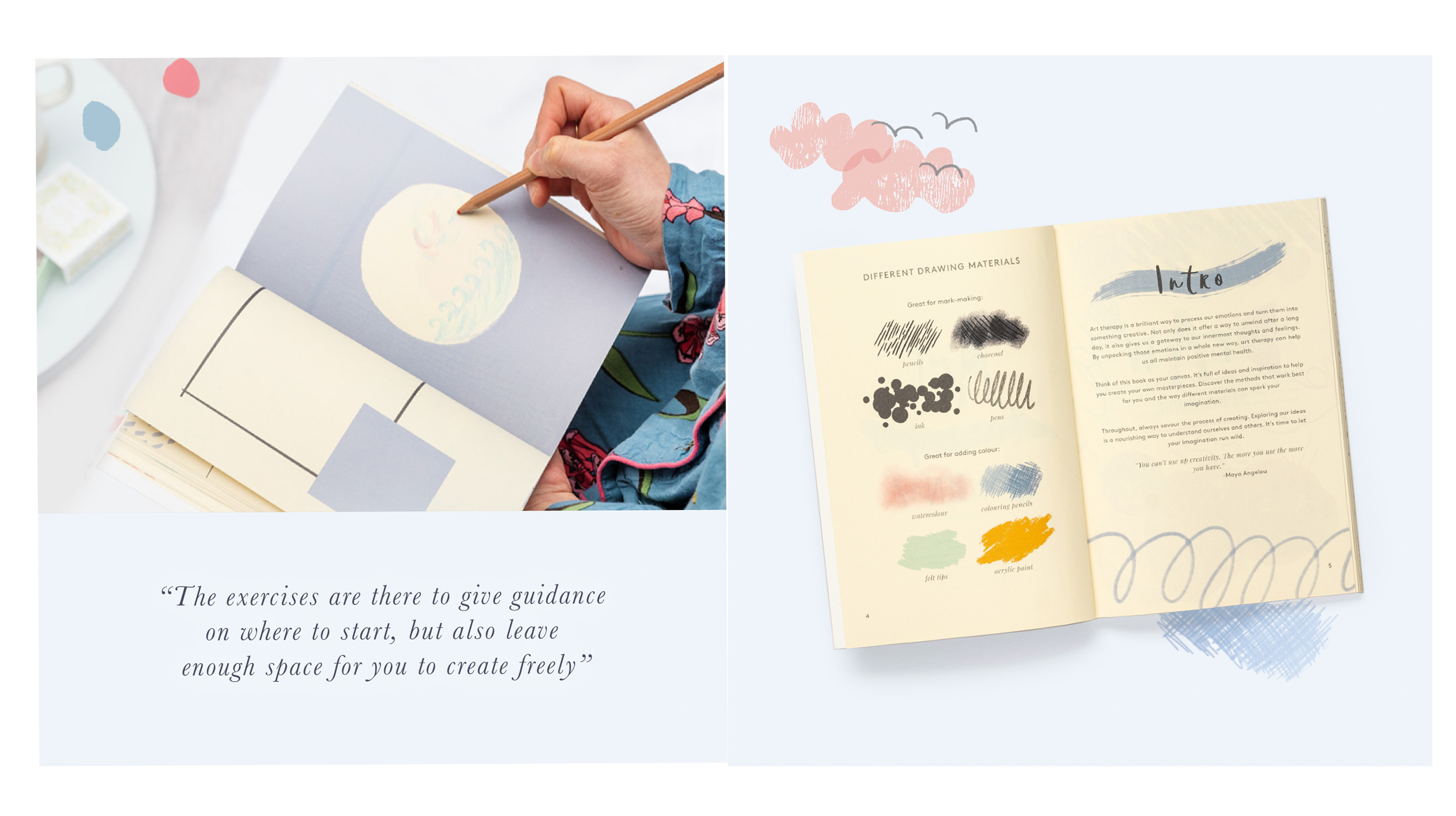
On a mission to know more, we continued to talk shop with Astrid, learning about her childhood, her biggest inspirations and how she developed her signature style.
Can you tell us a little bit about where you grew up and how that may have influenced your work?
I grew up in north London, I don’t think that particularly influenced my work that much. I’ve always loved architecture and big concrete buildings, which maybe started an interest in shapes and collage. But I love finding the beautiful patterns and shapes within simple things – like vegetables! Food and nature are a big influence on my work and are what I always turn to when I’m stuck for things to draw.
Your work is full of texture and abstract takes on objects or shapes. Has this always been your signature style or has it been something that has developed over time?
I started working in this way in my second year of university, I used to work more in paint and watercolour. We were introduced to traditional printing, like mono-print & lino-print, where you roll out the ink and use stencils. Once I had started to collage shapes together and get to create fun textures it felt a lot more natural to work in that way and I haven’t turned back since!
It has definitely developed a lot since then, as I now work more digitally rather than hand-making my collages. But I do switch it around sometimes – between working more detailed to pulling it right back to working with the basic shapes of objects.

When you start a project do you tend to start with sketches or work digitally?
I do a very a few very rough sketches, to map out different composition ideas and try out colour combinations. I then do a digital sketch on my iPad which is more finished in terms of colours I want to use. I then primarily use Photoshop, using a combination of brushes and hand-made ink textures which I’ve scanned in, to cut out shapes and patterns. I prefer the ink textures to brushes as they are filled with lovely irregularities where the ink has built up, giving more of a natural, organic feel to my work.
Do you have a favourite artist or designer that has inspired your work?
Henri Matisse! I’d always loved his work; I remember going to an exhibition of his cut-outs at the Tate while I was at Uni, and that having a big influence on my work. Seeing them in person was amazing; the bold, simple shapes full of life. I often look back at his work when I feel a piece I’m working on is getting too busy – as sometimes simple is best!
Browse Astrid’s Personalised Designs
 |
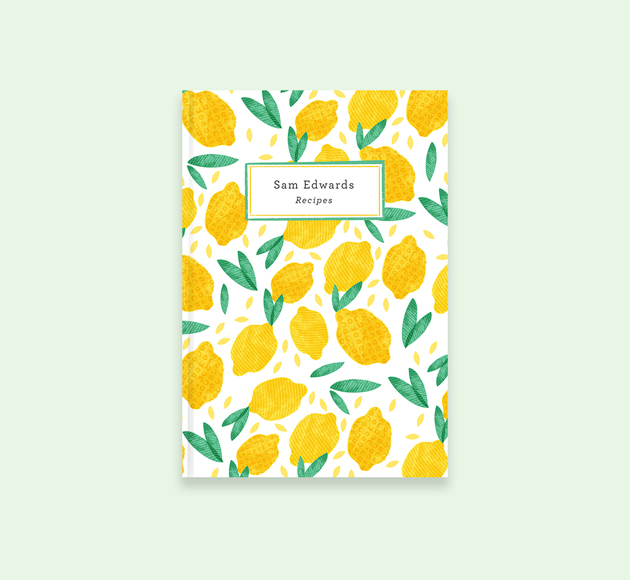 |
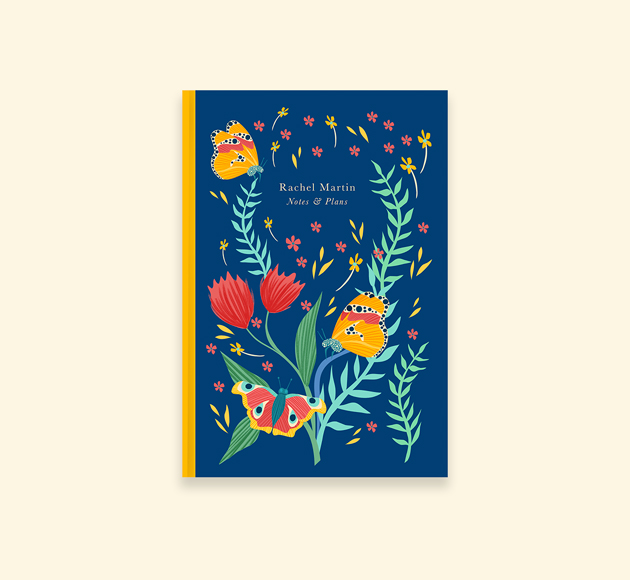 |
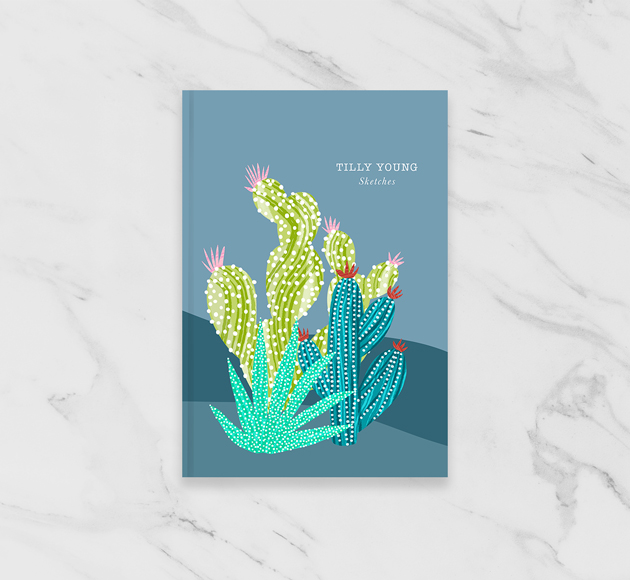 |
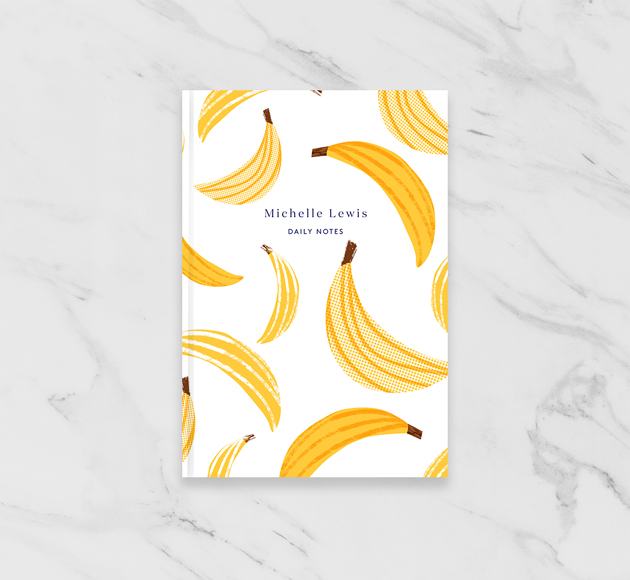 |
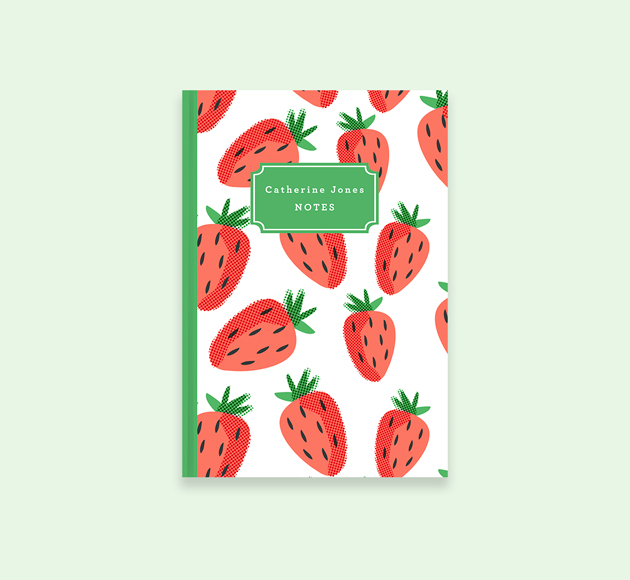 |
